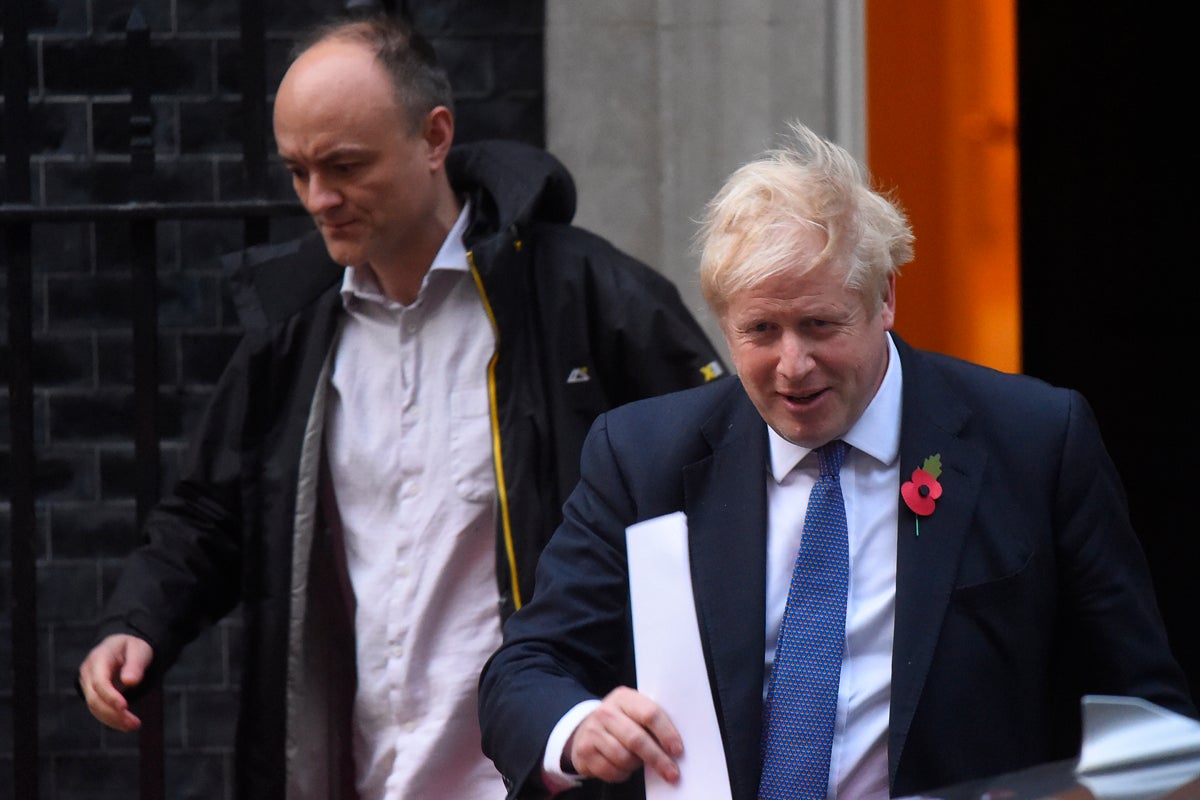What do his predecessors think of Dominic Cummings’s attempt to reshape the prime minister’s office?
A group of former political advisers is being assembled to comment on the latest plans to revamp No 10, writes John Rentoul


A galaxy of stars of what Professor Peter Hennessy, the historian, calls the “special adviserdom” will be assembled by the Public Administration and Constitutional Affairs Committee of MPs tomorrow, to give their views on “the role and status of the prime minister’s office”.
Appearing before the committee, presumably via Zoom, will be: Fiona Hill, joint chief of staff to Theresa May for her first year as prime minister; Polly Mackenzie, director of policy in Nick Clegg’s office when he was deputy prime minister; Jonathan Powell, chief of staff to Tony Blair; Professor Sir Geoff Mulgan, head of the No 10 policy unit and then the strategy unit under Blair; and John Redwood, the Conservative MP who was head of Margaret Thatcher’s policy unit.
They were all special advisers – political appointees rather than civil servants – who worked at the heart of government. That is the high-powered seminar convened by William Wragg, the independent-minded 32-year-old Conservative MP who chairs the committee, to pass judgement on the latest attempt to re-order what is known as “the centre” of government.
Dominic Cummings, Boris Johnson’s chief adviser, has set up a war room in the cabinet office, a building that adjoins the back of 10 Downing Street. This is intended to bring more coherence to the operation supporting the prime minister, which has been scattered in a maze of small offices around No 10.
Ever since the house was given to Robert Walpole by George II in 1735, there has been a debate about how the office of the monarch’s first minister should be run. This has often revolved around questions of the micro-geography of the collection of houses and official buildings that has been improvised over centuries.
Different prime ministers have chosen to work in different rooms, although since Blair the office next to the cabinet room has been favoured – with and without sofas. Its adjoining office has long been the critical gatekeeper’s place, occupied by the prime minister’s most intimate political and civil service minders.
Gordon Brown experimented with an open-plan war-room setup. His was in 12 Downing Street, on the other side of the chancellor’s official residence. It wasn’t a conspicuous success: staff complained that the prime minister was too often distracted by the news on the big TV screens, and that he would retreat to a side office for private conversations.
Cummings’s plan seems to be different, in that it doesn’t involve the prime minister, who is staying on the other side of the connecting door, in his office in No 10. Cummings’s aim appears to be to integrate support from the cabinet office with the tiny prime minister’s office next door.
One of the big changes to No 10 will be the start of daily televised briefings by Allegra Stratton, the prime minister’s spokesperson, in the new year.
Several seminars of select committees have looked in the past at the idea of creating a “prime minister’s department”, a bigger central operation more like that which supports heads of government in other countries. But they usually conclude that there is no need, as the cabinet office already provides this function: it is just that it doesn’t work very well.
Let us see what the expert witnesses have to say tomorrow about how it could be made to work better.
Join our commenting forum
Join thought-provoking conversations, follow other Independent readers and see their replies
Comments